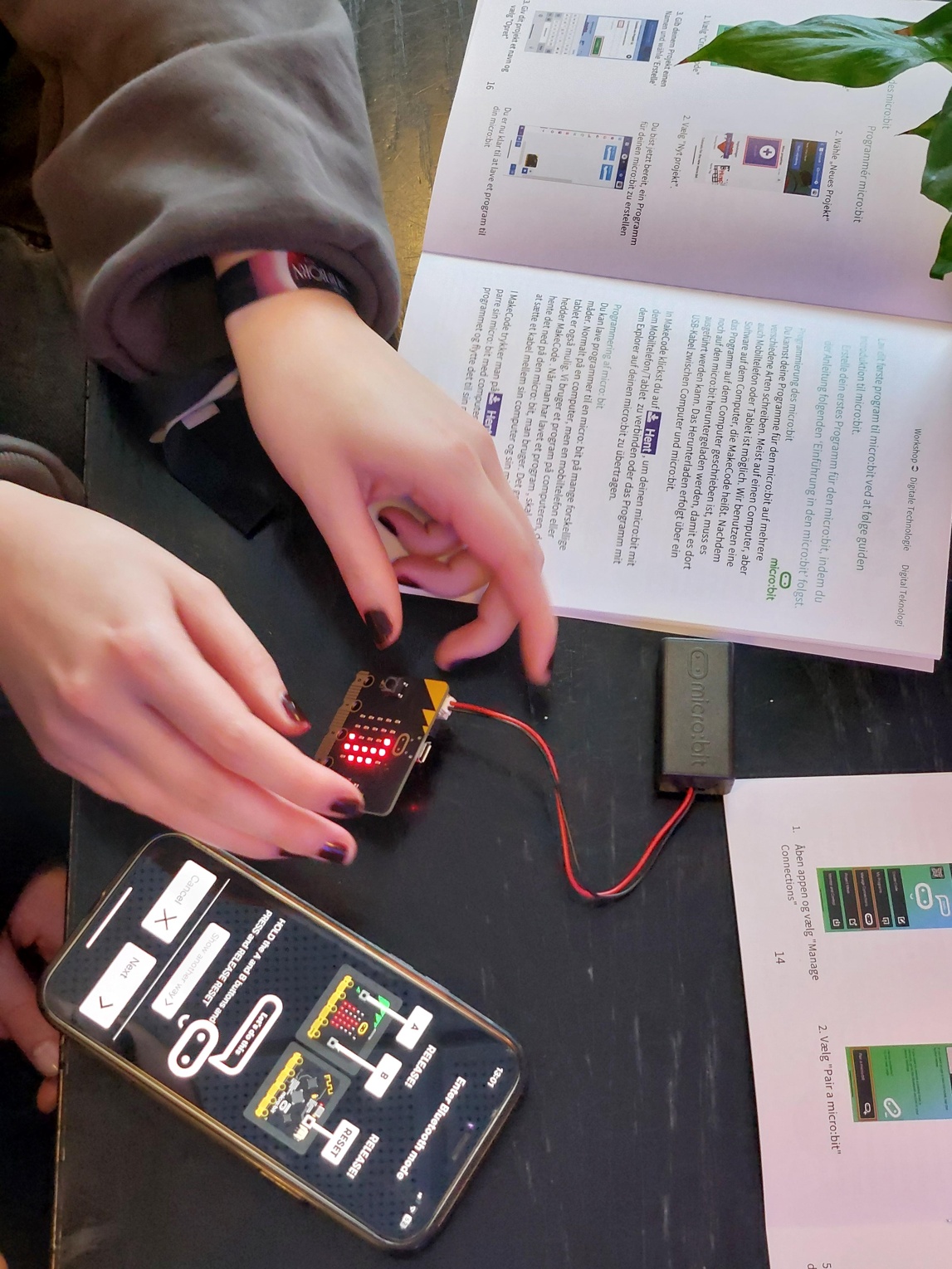Dr. Marc Wilken
Mathematics Education
see profile
+49-(0)431-880-6976

Scientific work on a range of issues related to protecting the environment and tracking the impacts of climate change needs data to document and pinpoint shifts. In the ideal case, we will have digital technologies to collect and analyze these necessary data. A joint Danish/German project called DiASper green is currently seeking to design STEM (science, technology, engineering and mathematics) teaching that slots into regular math or tech classes and enables learners to see how these technologies work. Ultimately, the project aims to give school students the skills to use micro:bits and sensors independently for programming data collection processes that are capable of planning the systematic collection of data and analyzing these data using mathematical operations.
These topics were at the center of a workshop, held on November 21, to which the project team invited a total of 110 school students from southern Denmark and the German state of Schleswig-Holstein. The event took place at Økolariet, an interactive center for environmental education located in the Danish city of Vejle, which, uniquely in Denmark and in the north German region that borders it, houses exhibitions on protecting the environment, sustainable living, and climate change, its causes and impacts.
The attendees, students at project network schools in Flensburg, Kiel, Neumünster, and Sønderborg, received the opportunity to explore Økolariet’s exhibitions and learn about a huge range of issues relating to climate protection and sustainability. The workshop’s main feature, though, was the chance to work with digital data collection technologies and to analyze the data mathematically. The measurement of various environmental parameters, such as the quality and temperature of air, water and so on, is key in the practical assessment of the impacts unfolded by environmental and climatic change, and is therefore a central focus of the DiASper green project. At the workshop in Vejle, the learners gained their first experience of collecting measurement data using digital processors and sensors they had programmed themselves and applying mathematical methods to analyze the data. As well as learning the programming stages required, the young people discovered how to plan the systematic collection of the data and transfer them to their cellphones or their school tablets via Bluetooth. They were able to connect this work with their learnings on the climate and the environment from viewing the exhibitions and their prior knowledge from their classes in STEM subjects, gaining a clear understanding around the practical value of and the need for these technologies.
The workshop additionally served to prepare the attendees for the lesson units they will be working on at their schools in the weeks to come, with an emphasis on the collection of data on various indicators of air and water quality. Alongside the programming and operation of the digital measurement devices, the classes will consider ways of using a range of quality indicators to calculate a global air and water quality index.
Funding for the DiASper green project, which made the workshop possible, comes from the short project funding pool of the EU Interreg Deutschland-Danmark program. Visit the project website to find out more.